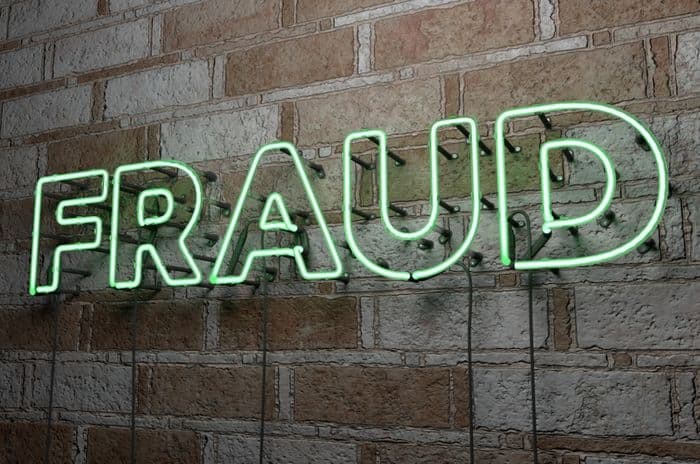Home > Money > News > Identity fraud increased in 2019 say latest Cifas figures
Identity fraud increased in 2019 say latest Cifas figures
Identity fraud cases recorded by the National Fraud Database (NFD) rose by 18% in 2019 compared to 2018.
Online channels accounted for 87% of identity fraud cases in 2019 and were 61% of the total fraud cases recorded by the NFD.
Most victims of this type of fraud were aged over 31 and Cifas noted a 22% rise in the number of victims aged 61 and over.
The figures demonstrate a 32% rise in identity fraud over the last few years, with key enablers including phishing campaigns and the digital footprint individuals leave on social media.

Identity fraud increasing
223,163 cases of identity fraud were recorded by the NFD in 2019 compared to 189,108 in 2018, a rise of 18%.
Overall, identity fraud cases accounted for 61% of all fraud cases recorded, with business facility takeovers and misuse of facilities highlighted as the other major opportunities for fraudsters.
Identity fraud victims were mostly aged over 31 and there was a 22% increase in the number of victims aged 61+.
In terms of location, London had a high concentration of identity fraud victims with between 8.3 and 9.9 per 1,000 residents.
The South East, East, West Midlands, East Midlands and North West regions had between 3.7 and 5.2 cases per 1,000, while the South West, Yorkshire and the Humber, the North East, Wales and Scotland had between 2.2 and 3.7 per 1,000.
Key enablers of fraud
The report highlights seven key areas which they say enable identity fraud:
- Phishing, vishing and smishing campaigns which harvest users' personal information
- Increasing number of data breaches
- Malware and BOT attacks
- Theft of enhanced biometrics such as voice data
- Use of remote access software to access computers and steal information
- Social engineering aided by technology to trick customers into transferring money
- The digital footprint social networking site users leave behind which can be pieced together
Cifas have been warning of the dangers posed by social media use for several years, pointing out in their 2017 report that younger victims were more likely to voluntarily provide information online which could then be used against them.
Some of the enablers mentioned above can't be controlled by individuals as such - we trust that the companies we supply personal information to are going to protect it.
That's why security breaches are treated so seriously, even when there's no evidence the data has been misused as we saw earlier this year when Virgin Media left a database in an accessible location for 10 months.
Types of fraud
A 32% increase in identity fraud over the last five years is not a surprise, nor is the fact that cards and bank accounts are targeted particularly by fraudsters.
We've seen many attempts to limit the possibility of fraud in recent years including the launch of Strong Customer Authentication (SCA) in 2019, although the implementation of this won't be enforced by the Financial Conduction Authority (FCA) until 2021.
Confirmation of Payee (CoP) has been rolled out across the major UK banking groups this year too, meaning banks now need to check whether the name the customer thinks they're sending money to actually matches the destination account.
There are efforts to target other types of fraud too: HSBC say their VoiceID service saved almost £400m from fraudsters in 2019 while the scheme to refund customers of authorised push payment (APP) fraud has been extended to December 2020 while banks work with regulators to find a permanent solution.
Yet only 41% of claims under the APP scheme were refunded during its first seven months and other types of fraud like simjacking pose different threats to customers.
Read our full guide to online scams and how to avoid them here.
Get insider tips and the latest offers in our newsletter
Get insider tips and the latest offers in our newsletter

We are independent of all of the products and services we compare.

We order our comparison tables by price or feature and never by referral revenue.

We donate at least 5% of our profits to charity, and we have a climate positive workforce.
Latest News

26 October 2022
Cost of living showing worrying trends in affordability
24 August 2022
Home insurance premiums fall in latest ABI figures
29 June 2022
APP fraud and mobile banking fraud increased in 2021

